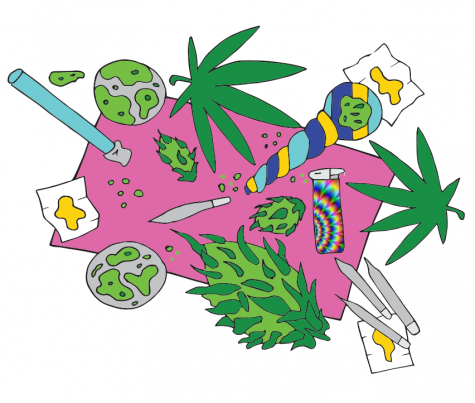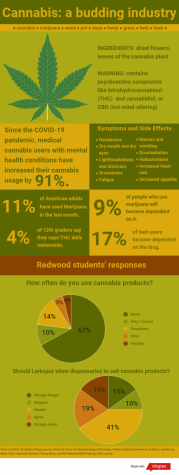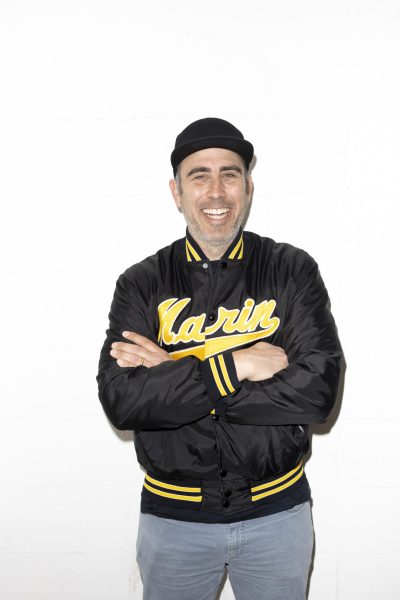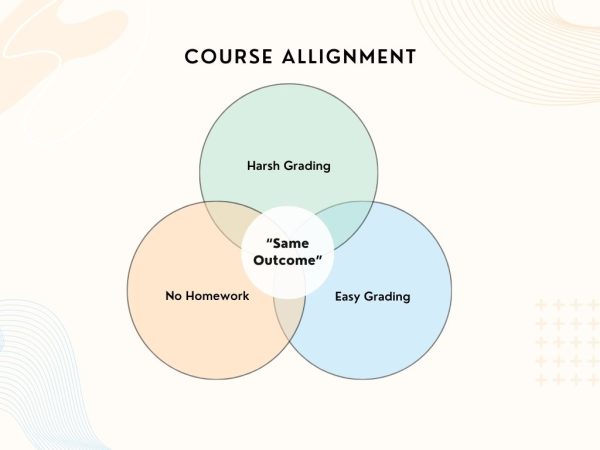A budding industry: the disjointed debate surrounding a drug high on the rise
February 13, 2021
Having evolved from the days of Cheech and Chong and primitive joints at high school parties of the 80s, recreational marijuana is seemingly everywhere in California. Cannabis products can be found in the Lululemon pockets of stressed Marin moms or hidden deeply in the drawers of elegant Tiburon houses. Doctors prescribe it to their cancer patients, and senior citizens use it to alleviate their arthritis pains. Yet in spite of its prevalence, it appears that Marin voters are not ready to allow dispensaries close to home, regardless of the overwhelming support for legalization in 2016.

One of the opponents to dispensaries in Marin, Ron Strauss M.D., a Redwood parent, stresses the distinction between reducing criminal offenses on marijuana charges and wanting the same product to be easily accessible within the county.
“There’s a difference between [possessing marijuana for personal use] and trying to make it readily available in the community and promoting it,” Strauss said. “[The marijuana industry 8is] a billion-dollar industry [that] deliberately confuses things to try to push their own agenda.”
One of Strauss’s biggest issues with marijuana advertising is that businesses attempt to promote cannabis to underage teenagers to broaden the scope of their consumers. By campaigning to younger generations, these corporations ensure themselves loyal marijuana consumers in the future, a crucial step for continuing the drug’s legality.
“The marijuana industry is copying the successful campaigns of the alcohol and tobacco industries,” Strauss said. “[They use] glamorous advertising and try to get product placement out there in all the various ways [they] possibly can. And [they’re] making it appealing to younger users because [kids are] almost twice as likely to become addicted to it. So it’s sort of reminiscent of Joe Camel plush toys or candy cigarettes.”
Bright green and blue billboards plastered with advertisements for cannabis delivery companies such as Eaze and Raw Natural services are easy to spot along California freeways and crowded San Francisco streets. Although the California Bureau of Cannabis Control limited these advertisements in 2021, the Bureau has not imposed a deadline or consequences for businesses failing to comply with their regulations. According to a 2018 RAND Corporation study, increased exposure to marijuana advertising contributed to higher teen usage rates, as well as a more positive attitude toward the drug. However, this may not be as detrimental to adolescents as it appears.

“Mary,” a Redwood senior who wishes to remain anonymous, regularly smokes marijuana to alleviate the discomfort of her chronic illness. Despite illegal recreational use for people under the age of 21, she began using cannabis in eighth grade and argues that it has been more effective in treating her pain than the prescribed medications from her doctor.
“It’s not the scary drug that it’s been pushed [as] for so long. It really just helps so many people in so many different ways without pushing them onto an addiction of another pill,” Mary said. “It comes from nature, and it’s a plant. If you’re scared of how it’s been painted for so long without giving it a chance, it is a little messed up because you’re depriving people of something that can ease [their] pain.”
This sentiment is one reflected in the student body; a Bark survey conducted in February of 2021 found that 33 percent of students have used a cannabis product at least once, and four percent reported using it daily. These numbers may not appear drastic, but they are much higher than the California average of approximately 16 percent, according to the California Healthy Kids Survey.
While some Marin residents opposing dispensaries are largely concerned about the storefronts increasing youths’ access to cannabis products, marijuana lawyer and Larkspur town council member Scot Candell believes that cannabis products are already available to teenagers who want them. According to Candell, the opening of dispensaries will have no effect on adolescent cannabis use.
“People who want to get cannabis in high school can get cannabis in high school. There are people who will deliver it to playgrounds and parking lots and wherever you want and these are coming from illegal cannabis sellers. I mean, it’s very easy to grow cannabis,” Candell said.
Candell staunchly supports the implementation of dispensaries within Marin County, believing that the benefits far outweigh the costs, especially for those seeking information on the product.

“Doctors don’t know a whole lot about cannabis. They don’t know the difference between indica, sativa, this strain, that strain,” Candell said. “So you’re basically on a website, and there’s nobody to talk to. It’s not very personal. When you go to a dispensary, you talk to people who are experts in the field. They’ll talk about your options, but with delivery, you don’t get that. That’s why you need a dispensary for the educational aspect of it, which is what we’re missing in Marin.”
California passed the law legalizing the use of medical marijuana in 1996 when many began to realize the benefits of the drug, which can be used to treat chronic illnesses such as HIV/AIDS, glaucoma, cancer and Tourette syndrome. While Strauss acknowledges marijuana could be used to help relieve pain in some situations, he also notices similarities between the beginning of the opioid crisis and how medical marijuana is used now.
“I try to listen to patients open-mindedly, but [in] the days prior to recognizing that we had an opioid crisis, [I saw] patients who were addicted to opioids that [said] that it was the only thing that could manage their pain,” Strauss said. “And, at the end of the day, we’ve learned that it actually is a terrible idea to try to manage chronic pain with opioids. That was something that the medical community learned the hard way. We have a massive opioid crisis nationally on our hands, really because of [legalization], prescription or diversion of legally prescribed or produced opioids.”
Despite Strauss’s apprehension to marijuana’s benefits, aspiring dispensary owner Kevin Igersheim assured the public in the Jan. 15 Novato Town Council meeting that allowing dispensaries and cannabis delivery would ultimately improve the well-being of the city.
“I believe the city of Novato will benefit quite a bit from [allowing cannabis delivery],” Igersheim said. “These benefits include not just economic development, but also from a health perspective. Part of our proposal is a continued outreach to highlight the benefit of cannabis for alternative uses of medicine.”
Aside from surface-level effects, having increased access to marijuana will contribute to more knowledge on the uses of marijuana. Candell expresses an eagerness to continue research on the possible medicinal functions of the drug.
“We have enough history, enough data, that we can actually read these studies and feel safe that we understand this drug. At least we understand it’s safe as far as its medical potential,” Candell said. “We don’t understand [all of its medicinal benefits] yet because we haven’t done the real studies that we need, like whether it’s going to cure cancer or whatever wonderful things it’s going to do in the future. We just don’t know yet because we’re still a little afraid of it.”
However, addiction specialist Patricia Pike shares Strauss’s concern about the long term effects of this budding industry, particularly in the harm that can come from years of heavy marijuana use.
“Folks who smoke and indulge in cannabis to the extreme levels don’t have a job or they’ve dropped out of school, spend all their money on cannabis, get kicked out of law school or get kicked out of classes,” Pike said. “So there’s an unmanageability that starts to happen for folks when they cross those lines.”
Despite these reservations from concerned residents and professionals, cannabis delivery services are available within the county, with suppliers such as Nice Guys Delivery and Marin Gardens popping up in Mill Valley and San Rafael. It’s clear that even with the Marin population split on the debate of whether or not to allow dispensaries, one thing’s certain: the marijuana industry isn’t going up in smoke anytime soon.























